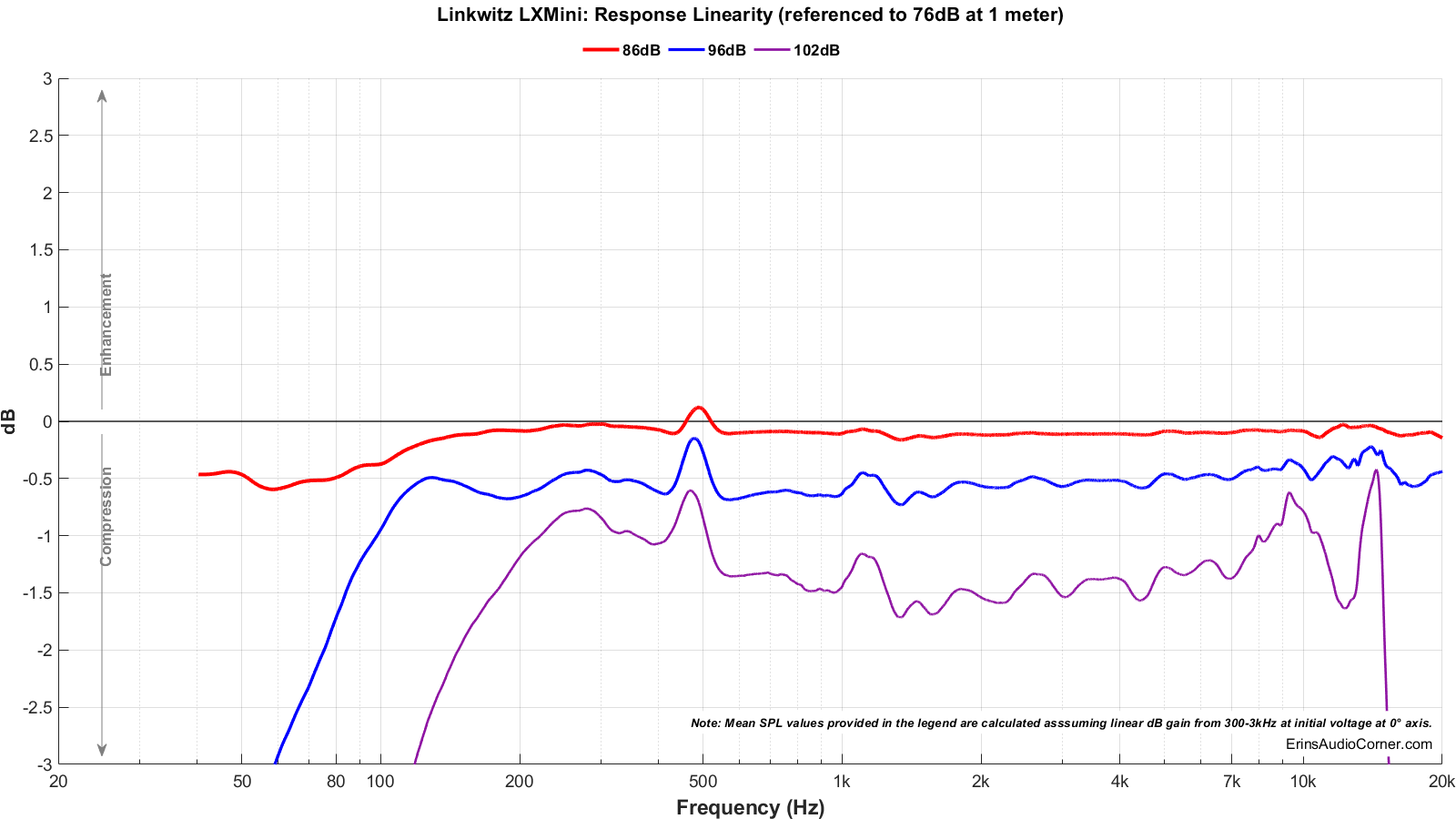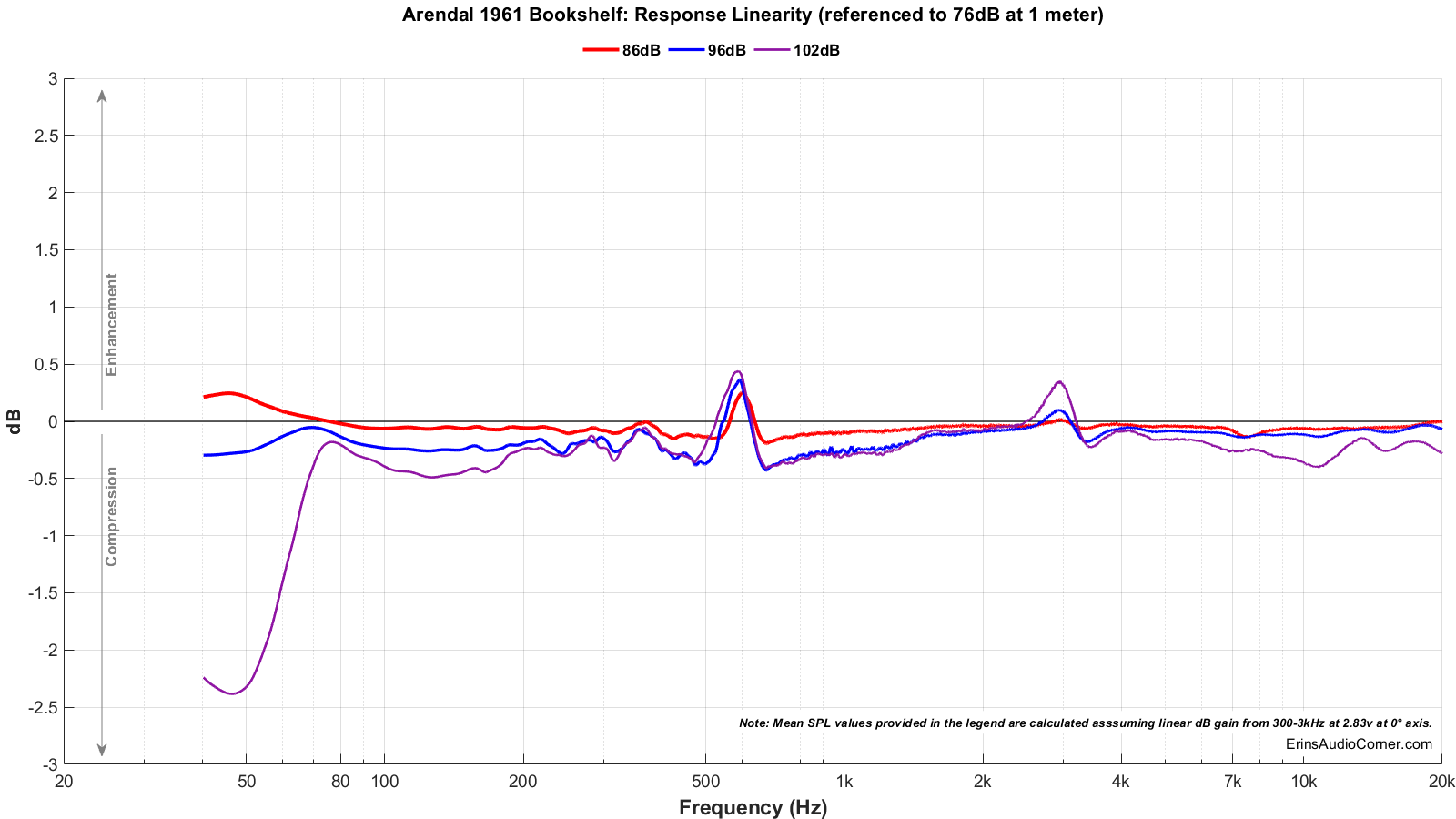Active crossovers are great, but let's not get way out over our skis here.
1. Is obviously wrong, or at any rate the result of multiple invalid assumptions. One can of course have active speakers with VERY LONG cables because the equipment is in a different room, on an entirely different floor. The only time they're shorter than usual is in the case of a plate amp speaker. Given that LX-521 was not shown with a plate amp on the "cabinet" and the spec does not contemplate a plate amp. this argument is odd to even include let alone make the starting point of your framing.
2. Well...a growing body of knowledge suggests certain
passive filters may offer distortion benefits that equivalent active filters may not. See, e.g.
Purifi notch filter white paper. Interestingly, Purifi's paper is also somewhat an admission against interest, given Purifi sells (great!) amp modules and would doubtless prefer to have the story be "use an active crossover with our driver, and double up on amp modules!"
3a. Matters if you're using pathologically garbage amps. If not... (If you reframed this as "amp quality can be markedly worse with no real world performance penalty for the system" then I'd give you the point.)
3b. Um, no. The driver still sheds heat and the cone still moves.
5-6. Irrelevant audiophile gobbledegook
Overall you get 2/8 here: 4 (passive = some loss by definition) and 7 (especially if using modern technology, i.e. DSP) are reasonable points.
1. The only benefit of 2 DAC channels over of 8 is cost of DAC. Give that bespoke analog circuitry is bound to be a lot more expensive than mere DACs (which are cheap - elite performance is >$800 for 2 channels if you want 4V balanced outs, and half that if 2V unbalanced outs will suffice) + reliable off-the-shelf DSP, that is a fairly extreme form of false economy.
2. OK, but possibly at a resolution penalty compared to a good ADC and digital processing. Also, you'll get better real-world sound quality from analog sources by digitizing them because you can then employ room correction, loudness compensation, and so on.
3. An individual LX521 could be processed and EQ'ed by many commercially-available 3-way plate amps, with greater flexibility than analog circuits can provide. (To my knowledge the EQ for the bass units is the same, so there's little reason to use a second amp channel if you can get the required voltage at the drive impedance. For that matter, with modern processing and amplification one could put it all in one box for the stereo pair with an output for additional subs, instead of dividing the electronics in half
So that's 0 for 3, 1 for 3 if grading on a curve and giving you 2 even though it's irrelevant.
The advantages of analog crossover/EQ over DSP are
(a) Better press from the dumber audio influencers, who are easily swayed by frothy buzzwords
(b) Sound quality phobic audiophiles will pay more for it a bespoke analog kit than for an equal or better commercially-available drop-in digital board
(c) Serviceability, maybe


